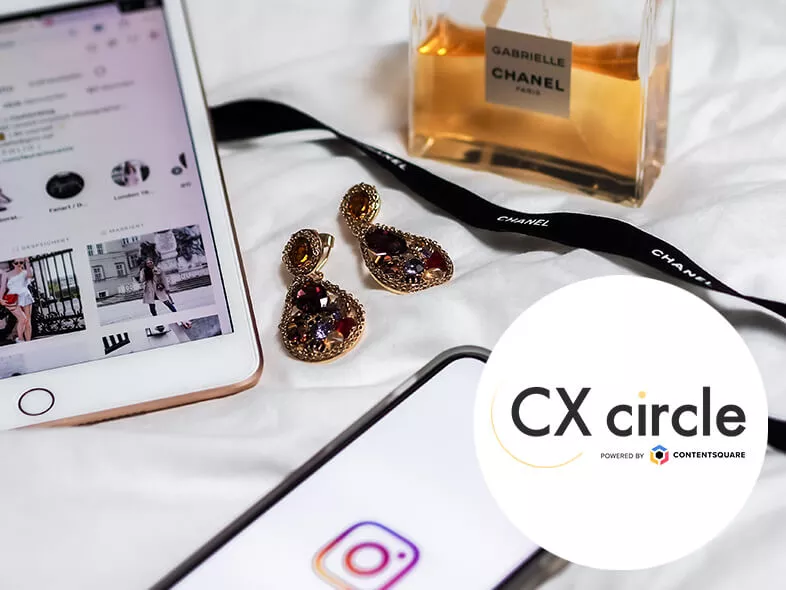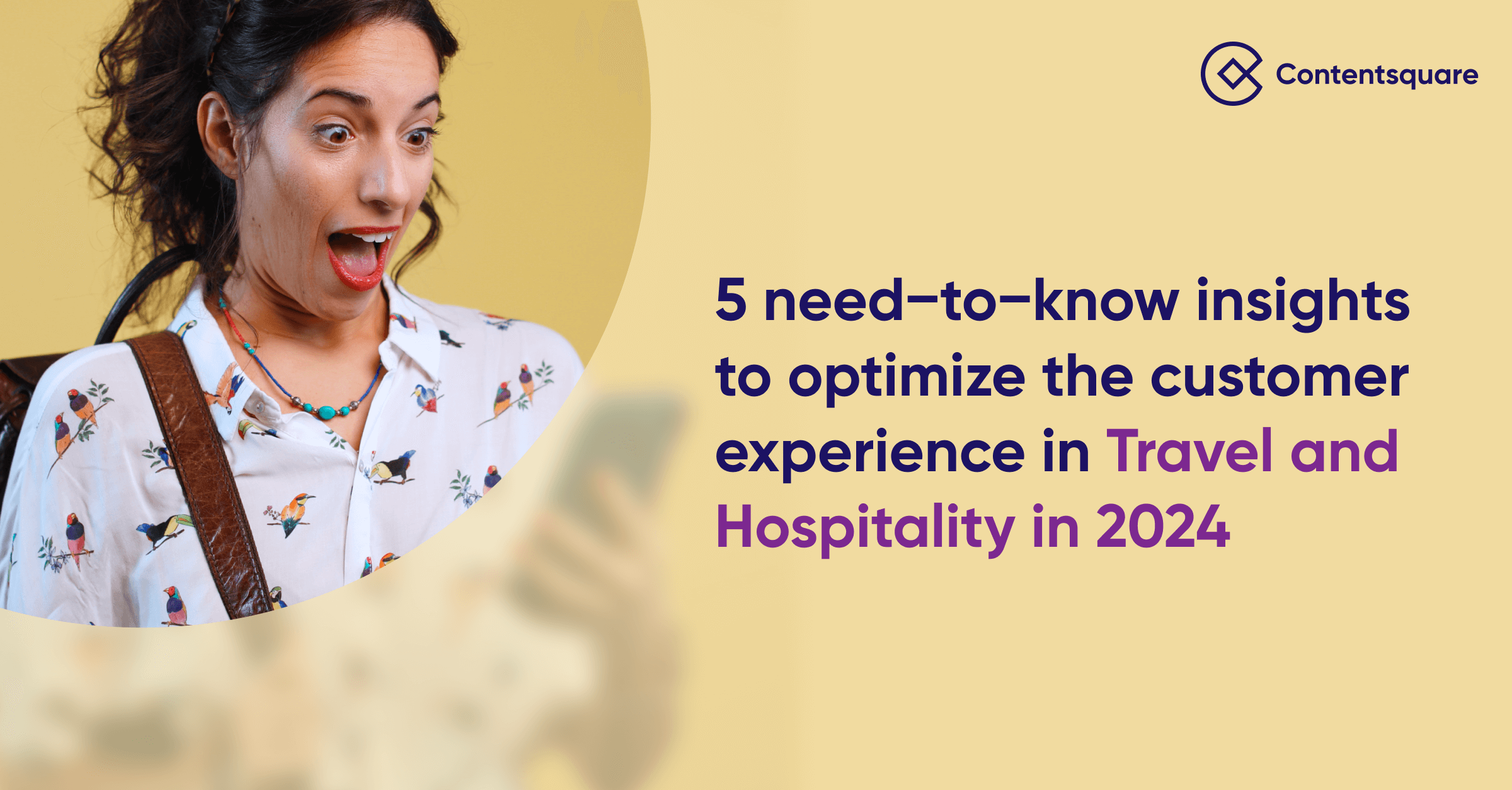Luxury eCommerce: The Experience Challenge

The COVID-19 pandemic has unquestionably impacted many industries, including the luxury goods sector. According to consultancy firm Bain & Company, the luxury industry was hit hard; sales fell by 25% in Q1 2020, with annual sales expected to drop between 20 and 35%.
With customers adopting new online behaviors and many turning to online shopping for the first time, brands have been forced to rethink their digital marketing strategies accordingly.
But, although these major changes haven’t helped the luxury goods industry, they are still a source of opportunity. Some brands have taken a cautious route and are waiting to see how the situation evolves, while others are already experimenting with new digital strategies.
Many companies and brands have decided to focus on their digital campaigns to boost sales and reach their consumers online. They offer more personalization and greater transparency with their brand values, recruiting data analysts, and UX specialists to set themselves apart online.
For many, this strategy is paying off: the luxury goods industry’s ability to bounce back is indisputable. According to a survey by Opinionway and Cofidis, only 69% of sales are now generated in-store, down 8% compared to early 2020. Now, online sales represent 47% of the market, having grown by 9 points since last year.
We talked to David Sadigh, CEO and founder of DLG (Digital Luxury Group), a digital marketing agency for luxury and lifestyle brands, and Jean-Marc Bellaiche, former Chief Strategy Officer at Contentsquare, about the best ways to adapt your digital marketing strategy in response to this new consumer behavior.
Adapt to Survive
The luxury goods industry has recently seen a digital revolution, which seems to be changing things for the better.
Some luxury eCommerce brands that had previously given little thought to digital marketing have adopted a proactive approach to developing their online presence and boosting their conversion rates.
“We have seen new types of behavior emerging,” says Jean-Marc Bellaiche, now the Chief Executive Officer at Printemps Group.
“Going digital was already a major focus before the pandemic. But it’s now become the number one priority for brands. They’re all looking forways to expand their online presence and increase their conversion rates.”
Jean-Marc Bellaiche, former Chief Strategy Officer, Contentsquare
“Some sectors have used these strange times to fine-tune their digital strategies. Everything has sped up: some eCommerce improvements that would normally take two or three years have been achieved in less than two or three months,” explains Jean-Marc Bellaiche. “And brands began making plenty of changes at the beginning of the year, such as optimizing checkout, upgrading customer support tools, and cutting the number of sales partners.”
David Sadigh agrees. “Lots of brands have been testing new things and will continue to do so because if they want to survive, they have no choice,” he says. In his view, there is no shortage of ways luxury brands can adapt.
“Some luxury businesses that are lost when it comes to communication have done nothing. Others have chosen to bounce back and make the most of this opportunity to develop their eCommerce strategy by investing in more of an omnichannel approach. And brands that already had eCommerce sites have automatically profited from a migration effect: in-store or offline customers have now become online customers.”
New Communication and Sales Channels
By changing the way they operate online, luxury businesses have focused on new sales channels such as WhatsApp and Zoom to offer more personalized transactions, among other things, says Sadigh and Bellaiche.
“Many of our customers, especially in luxury watches, fine jewelry, and cars, are using WhatsApp for transactions with their customers,” Sadigh points out. “If customers already know which car they want to buy, all they need to do is ask the sales staff. WhatsApp and Zoom are similar to the services offered in China by WeChat. These trends are impacting American businesses such as Facebook, which absolutely have to integrate these new services. I wouldn’t be surprised if Facebook launched a new version of its platform, complete with video and trading services.”
Bellaiche agrees. “Luxury eCommerce sales staff have been calling their customers to show them new collections and items. Some have even delivered them to their customers’ homes. In Neiman Marcus’ mobile app, customers can talk directly to their personal shoppers about what to buy during the crisis.”
“Companies will carry on using these sales channels; they are attractive to luxury brands as they can help them offer a personalized service,” he adds.
In terms of communication, luxury brands have shown that they are innovative and have their ear to the ground. Chanel organized a concert on Instagram with the singer Angèle. The fashion brand Jacquemus asked top model Bella Hadid to take photos in her own home while wearing pieces from a collection that it was launching. These moves play an essential role in a brand’s image and make the most of new channels, especially with so many buyers being there: 74% have a presence on social networks, 32% follow luxury brands and influencers on social networks, and 70% of them admit to being swayed in their purchases by influencers’ accounts.
New Perspectives through Data
Another crucial issue for luxury brands, and in no small measure, is knowing how to effectively use all the data available to them. This includes finding the best solutions and the most appropriate tools to improve results, particularly in terms of user experience.
For example, a brand must be able to identify why some users visit its site, browse its content, and add items to their shopping cart, while not completing their purchase.
It’s just as important to understand visitors’ intentions when they visit a site. Many go to a brand’s website to find out more about a product before leaving to buy the item on a distributor’s website.
By understanding the ins and outs of customer data, brands can optimize the digital experience they offer users and boost sales accordingly. During lockdown, businesses with a robust online presence and a wide eCommerce range saw a surge in traffic and sales, primarily due to business models that were already in place. This was particularly the case with online luxury fashion retail platform, Farfetch, which saw a 48% increase in new customers and upped revenue by 74% in the second quarter of 2020.
Companies that had already adopted a click-and-mortar strategy were also less affected by the crisis, as they were able to migrate their market share from offline to online. These are all examples that illustrate the importance of harnessing customer data to better understand their expectations and come out of the crisis successfully.
Brand Values: Time for Transparency
Many brands have taken advantage of the change of pace in the fashion and luxury sectors to redefine their values, taking time to invest and launch the social and sustainable development projects they had in mind.
According to a July 2020 McKinsey study, consumers expect the fashion industry to prioritize social and environmental responsibility commitments during the crisis. For 67% of respondents, the use of sustainable materials is a significant factor in deciding to make a purchase, and 63% think it is just as important for a brand to promote sustainable development.
The study also concluded that although 70% of respondents have remained loyal to the brands they knew and trusted during the crisis, young consumers (especially Generation Z and millennials) are more likely to try out smaller, less well-known brands.
“It will be interesting to track these sustainable development initiatives in the medium and long term, as we know that today’s customers are more conscious about a product’s origin and of the type of company offering it,” explains Sadigh. “It will also be interesting to see if the brands supporting the Black Lives Matter movement, for example, will stay as engaged in the medium and long term.”
For brands, one thing is certain: it’s no longer enough to show a fleeting interest in something that is close to the heart of consumers and potential customers. They need to take the time to listen, learn, and invest in the causes that they want to stand up for, to be open and transparent with their audience. Being sincere about these issues has become an absolute must. Many brands have taken advantage of the change of pace in the fashion and luxury sectors to redefine their values, taking time to invest and launch the social and sustainable development projects they had in mind.
Corporate Culture Re-Imagined
For Bellaiche, the best way for a luxury brand to bring about real change within its company is to transform its culture, making it more innovative, agile, and collaborative. The “try, fail, learn” concept is a good example to follow. For instance, A
mazon tried mobile phones and failed, but the company learned enough from this experience to successfully launch Alexa and Prime Video.

“Businesses need to be agile. If they have a well-oiled supply chain and sound customer knowledge and data, they will be better positioned to meet the challenges of this new era.”
David Sadigh, CEO and founder of DLG
Sadigh cites Moncler as an example. The company has adopted a digital-first approach within its organization by managing its online business directly, in-house.
Moncler has prioritized contact by implementing pioneering solutions to change its corporate culture. Its Energy Plan program encourages teams to meet at least once a day and its private, staff-only @Monclertogether Instagram account to organize various employee activities.
Culture can even go beyond strategy, as Bellaiche explains. “One of the most important lessons of my career as a consultant and leader was a quote by Harvard Professor Peter Drucker: ‘Culture eats strategy for breakfast.’ Corporate culture is more important than strategy alone because it defines your ability to react during good times and bad. Luxury businesses have to seek out new talent, especially from start-ups, which can innovate, collaborate, and react quickly.”



